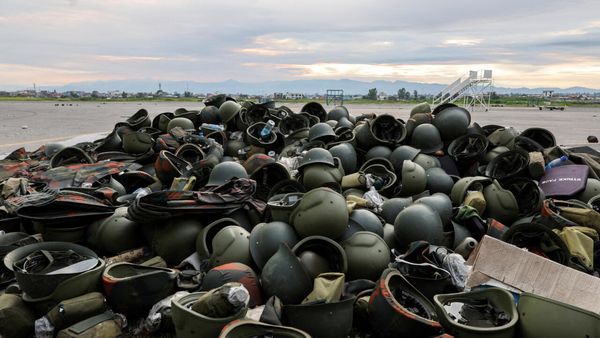
The rapid spread of one of the most destructive wildfires in the history of Los Angeles is believed to have been fuelled by strong Santa Ana winds and months of drought.
Santa Ana winds occur between September and May, when high pressure over the deserts of the south-western US and low pressure off the coast of California allow winds to flow east to west, through mountain passages in California towards the ocean. This week, a strong Santa Ana event brought gusts of 100mph (160km/h) to Los Angeles.
With wildfires raging in the path of Santa Ana winds, burning debris and embers were picked up and deposited downwind, allowing flames to spread across wide areas with ease. The Palisades fire, the largest of many burning simultaneously in the region, ballooned from 312 hectares to 6,900 on Tuesday.
The gusty nature of Santa Ana winds has made the fires particularly challenging to contain owing to their unpredictability. Southern California has not received much rain in eight months, causing vegetation to become dry and giving more fuel to the fires.
The winds have eased in recent days, allowing for the deployment of aerial support for fire crews on the ground, but conditions will remain blustery with gusts of up to 70mph possible in places. As a result, red flag warnings remain in effect until Friday, when calmer conditions are expected. Widespread smoke has led to very poor air quality across the region.
Meanwhile, South Korea is experiencing a sharp drop in temperatures. Seoul and northern regions have plunged to lows of -15C, while some mountainous areas in Gangwon province have reached -20C. According to the Korea Meteorological Administration, these are the lowest temperatures recorded so far this winter.
The cold snap, accompanied by strong winds, is intensifying the chill. Heavy snowfall is affecting several regions, particularly South Chungcheong, North and South Jeolla as well as the mountainous areas of Jeju Island. Strong gusts and drifting snow are creating blizzard-like conditions and increasing the risk of power outages.
The extreme cold can be attributed to the polar vortex hovering over North Korea, which is bringing Arctic air via north-westerly winds.







